Japan is one of the most enigmatic countries we’ve thus far visited. Our 7 days in Japan were spent visiting Tokyo and Kyoto, seeing incredible attractions, eating delicious food and immersing ourselves in the ancient Japanese culture.
Even after several visits, Japan remains our favourite place in the world. So much so, that we decided to move to Tokyo and live in one of the most vibrant cities in the world. We understand planning 7 days in Japan could be overwhelming as there are so many things to do in the country, and this is why we put together a comprehensive guide on how to plan your first 7 day Japan itinerary. Grab a cup of tea and let’s start discussing what is the best way to spend a week in Japan.
Table of Contents
- 7 days in Japan itinerary
- Day 1 in Japan – Tokyo: Asakusa – Harajuku – Ginza – Shibuya
- Senso-Ji Buddhist Temple
- Asakusa District
- Takeshita Street
- Ginza
- Shibuya Crossing
- Day 2 in Japan – Tokyo: – Yoyogi – Shinjuku – Tokyo from Above
- Yoyogi Park
- Shinjuku Gyoen National Garden
- Shinjuku
- Tokyo Metropolitan Building
- Day 3 in Japan – Tokyo: – Toyosu Market – Chiyoda – Ueno – Akihabara
- Toyosu Market Fish Market
- Chiyoda
- Ueno Park
- Akihabara
- Where to stay in Tokyo during your 7 days in Japan itinerary
- Day 4 in Japan – Kyoto: Gion – Shijo Dori
- Yasaka Shrine
- Maruyama Park
- Shijo Dori
- Gion
- Day 5 in Japan – Kyoto: – Nijō – Nishiki – Fushimi
- Nijō Castle
- Nishiki Market
- Rengeoin Sanjusangendo
- Fushimi Inari Shrine
- Day 6 in Japan – Kyoto: Arashiyama – Spiritual Temple Walk
- Arashiyama Bamboo Forest
- Okochi Sanso Villa
- Jōjakukō-Ji Temple
- Nison-In
- Gio-Ji Temple
- Saga-Toriimoto Preserved Street
- Otagi Nenbutsu-Ji
- Ryōan-ji
- Kinkaku-ji
- Where To Stay In Kyoto During Your 7 Days In Japan Itinerary
- Day 7 – Airport
- Important things to know for your 7 days in Japan itinerary
- Japan Visas
- Best Time To Visit Japan
- More Articles About Japan
- Frequently Asked Questions
7 days in Japan itinerary
Our first 7 days in Japan itinerary was split between Tokyo and Kyoto. Tokyo is the capital of Japan and one of the most vibrant places on the planet. Kyoto is the old capital, a more spiritual place. In a way, Kyoto is the perfect zen pill to the Tokyo madness. We loved our week in Japan so much that we decided to return and spend a little longer the second time around.
If you also decide to stay in Japan longer, you can also check our 2 weeks in Japan itinerary which includes more things to do and see.
Our recommended 7 days Japan itinerary (from Tokyo): 3 nights in Tokyo – 3 nights in Kyoto – 1 night in Tokyo
Day 1 in Japan – Tokyo: Asakusa – Harajuku – Ginza – Shibuya
Senso-Ji Buddhist Temple
Start the day with an early morning visit to Senso-Ji, one of the oldest Buddhist temples in Tokyo. Senso-Ji is open 24 hours and there is no entrance fee. Because of its popularity, the site gets crowded pretty quickly, hence we recommend a very early morning visit. In front of the temple, you will find a long street called Nakamise Dori. During business hours the street is dotted with stalls open for food and souvenirs. Next to the temple, there is also a large market-like full of intricate, narrow streets, which have even more eateries and shops.
Address: Japan, 〒111-0032 Tokyo, Taito, Asakusa, 2 Chome−3−1
Opening Hours: 24/7
Did you know: Sensoji Temple is dedicated to the Buddhist goddess of mercy and compassion.
Asakusa District
Next, stroll around Asakusa and enjoy the many stores full of Japanese goodies. This is the place where we found plenty of gifts for our friends and family, including Japanese chopsticks, beautiful lanterns and kitchen utensils, including Japanese knives.
Asakusa is a gorgeous Tokyo district which still has some of that incredible traditional vibe to it. It used to be one of the main entertainment locations in Tokyo famed for its theatre district. However, the area was damaged by the US bombing raids during WWII and throughout the years has been surpassed by Shinjuku as one of the main adult entertainment districts.
However, Asakusa is an incredible place to visit and you will find many things to do there. We found several delicious restaurants in the area with various price tags. In Asakusa, you can also find upscale dining options.
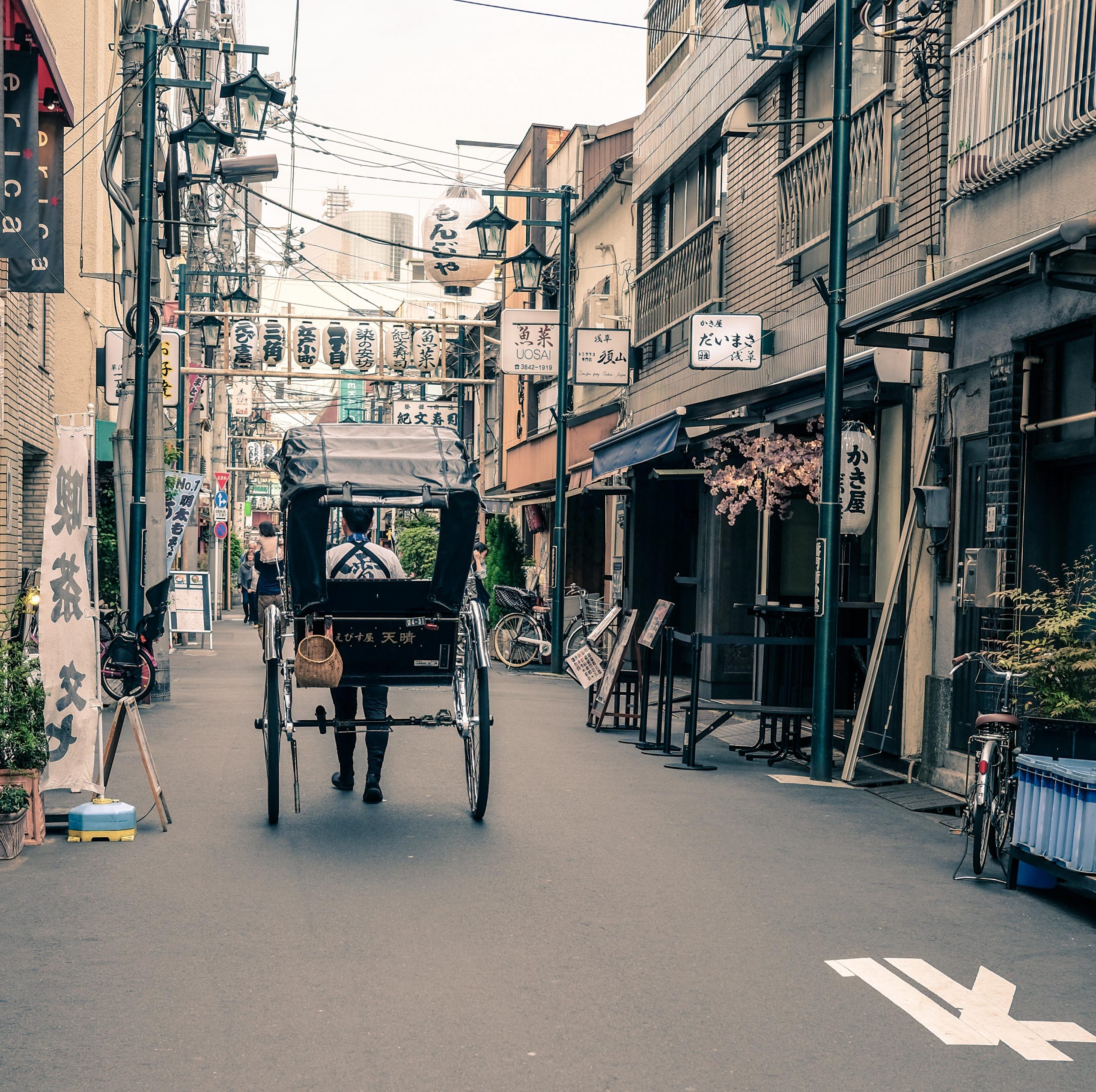
Takeshita Street
Make your way to the youthful and forever crazy Takeshita Street. If you want to talk about unconventional Japanese fashion, this is the place to be. Harajuku is the mecca for kawaii, and it’s the best place for fun shopping. You will see many hot pink hairstyles, lolita costumes, vampire attire and what not. If it’s weird and you thought it’s impossible, then probably you will find it in a shop in Harajuku.
To get to Takeshita Street from Asakusa, you will need to take the subway. Take the Ginza line from Asakusa station all the way to Shibuya. Change for the Yamanote line which will take you to Harajuku station. The journey takes roughly 45 minutes, but add a little extra if you need to find your way around the big Tokyo stations.
Ginza
Take the subway (45 minutes) or walk (1 hour and 30 minutes) to Ginza, the most exquisite shopping neighbourhood in Tokyo. If you are lucky enough to visit during the weekend, then very likely the main Ginza artery will be closed to cars and open for pedestrians only. This is one of the best ways to enjoy a shopping spree in Japan. Ginza is essentially a luxurious neighbourhood with a network of expensive shops. You will find boutiques as well as well-known brands. Ginza really looks absolutely outstanding during night time, when all the shops look bright and colourful. Don’t forget your passport, you will need it so you can enjoy tax-free shopping. Note that Ginza is expensive. So if budget travel is your target, maybe leave the credit card at home, but bring your camera, as you will find many photo opportunities.
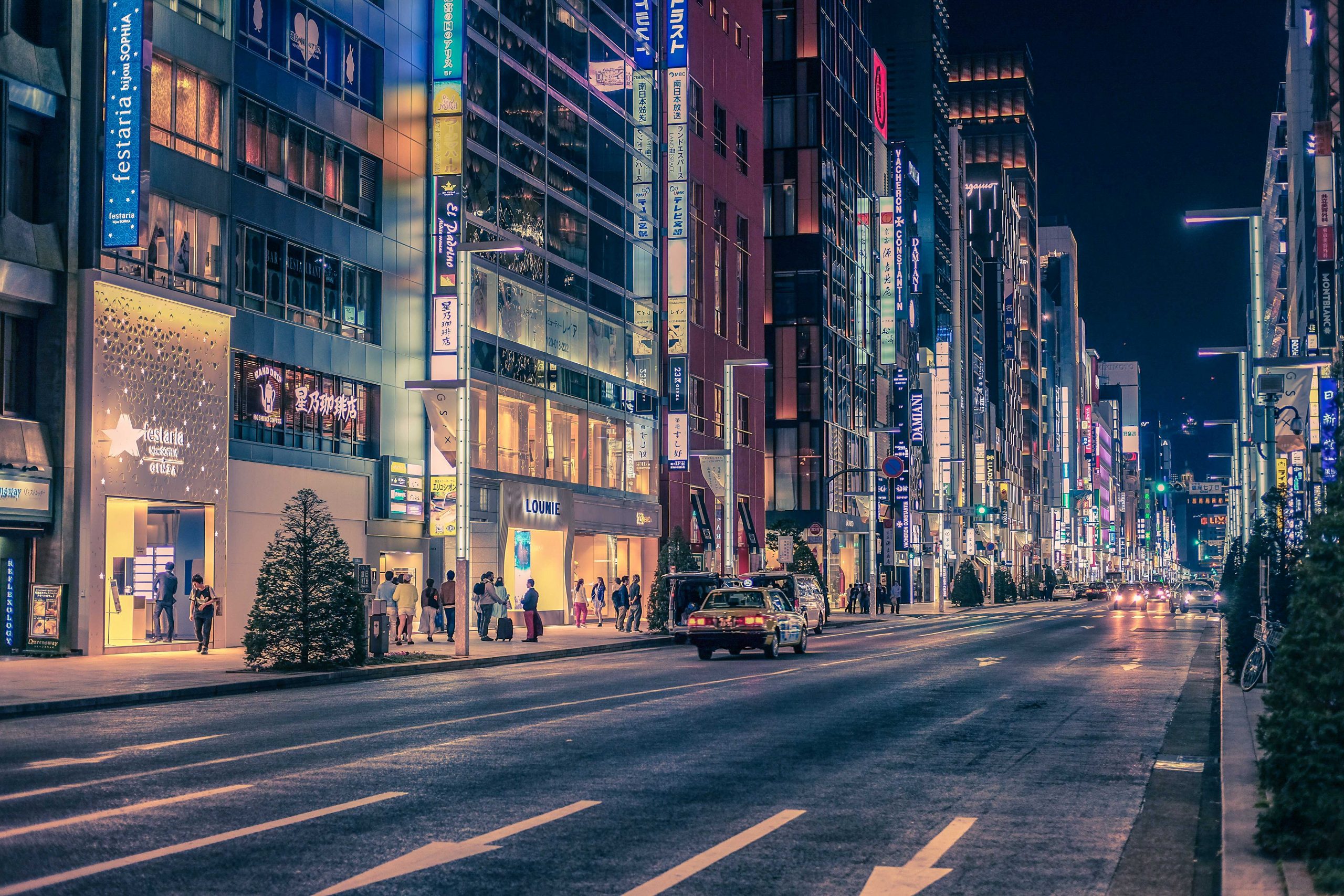
Shibuya Crossing
I kept the best of the day for last: the amazing Shibuya Crossing. Featured in so many movies, there is no denying that the Shibuya pedestrian scramble fascinates us all. It’s difficult to find a spot to properly photograph it from above and as you might already know, drones are not legal in cities, in Japan. You have a few options… First, I would suggest you cross Shibuya a few times yourself. It’s actually a lot of fun to be in the middle of it all and I promise, it won’t get too overwhelming but will be rather fun.
Once you experienced Shibuya as a pedestrian, it’s time to experience it as a photographer: head over to the Starbucks right in front of the crossing and wait for your turn in front of the window where you can definitely take a lot of photos and videos. Alternatively, in the train station, there is a viewing point as you cross from one side to another. That also offers a great vista point.
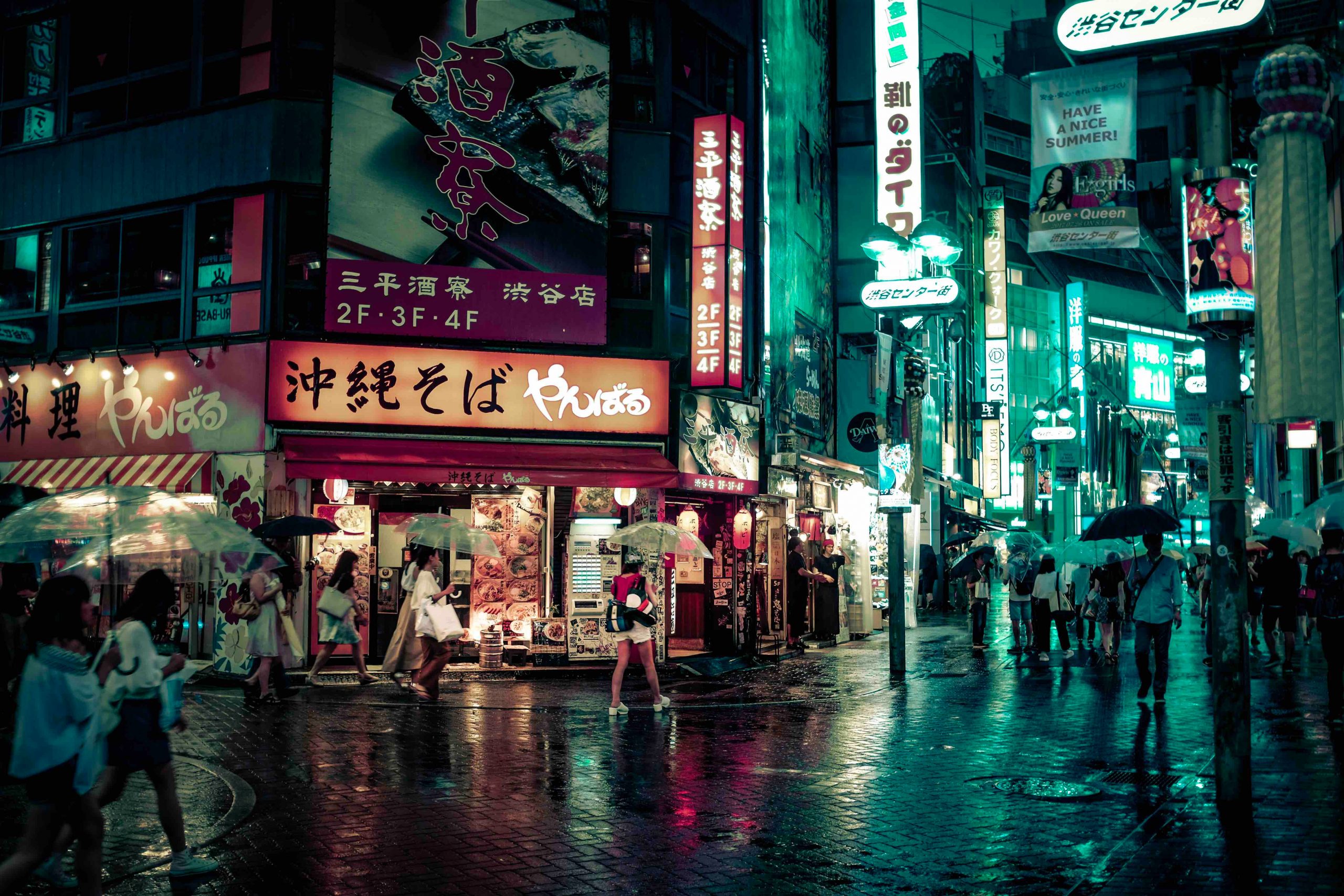
Day 2 in Japan – Tokyo: – Yoyogi – Shinjuku – Tokyo from Above
Yoyogi Park
Day 2 of your 7 days in Japan itinerary. By now I’m sure you will be madly in love with the country. We know we were. So let’s start with a stroll in the park.
Yoyogi Park is a large park in Tokyo, located right next to Harajuku Station. It is well known for its Meiji Shrine and large Torri gate. It is a great place for photographers and nature lovers. Yoyogi Park is not known for its cherry blossoms, but for its Ginko trees which turn yellow during Autumn time.
Yoyogi also comes to life during the weekend when you can see people doing yoga, playing instruments or just hanging around for a picnic. It’s a really beautiful park with large green areas. You wouldn’t believe it such vast green areas can exist in the largest mega-metropolis in the world.
Address: Japan, 〒151-0052 Tokyo, Shibuya, Yoyogikamizonocho, 2−1
Admission: Free
Hours: 24/7
Shinjuku Gyoen National Garden
A 20-minute walk from Yoyogi will take you to Shinjuku Gyoen. Shinjuku Gyoen National Garden is a large park and garden in the heart of Tokyo. This is an incredibly relaxing place and a wonderful spot for nature lovers. You will find many photo opportunities around the park. It is also a great Sakura spot during the Spring. The garden has more than 20,000 trees and over 1500 cherry trees.
We loved Shinjuku Gyoen because it’s the relaxing spot in Shinjuku. Shinjuku is the largest entertainment quarter in Japan (and in the whole of Asia) so being able to stroll in a vast green area full of plants and flowers is pretty amazing.
Address: 11 Naitomachi, Shinjuku, Tokyo 160-0014, Japan
Admission: 500 yen
Hours 9:00 to 16:30 (entry until 16:00)
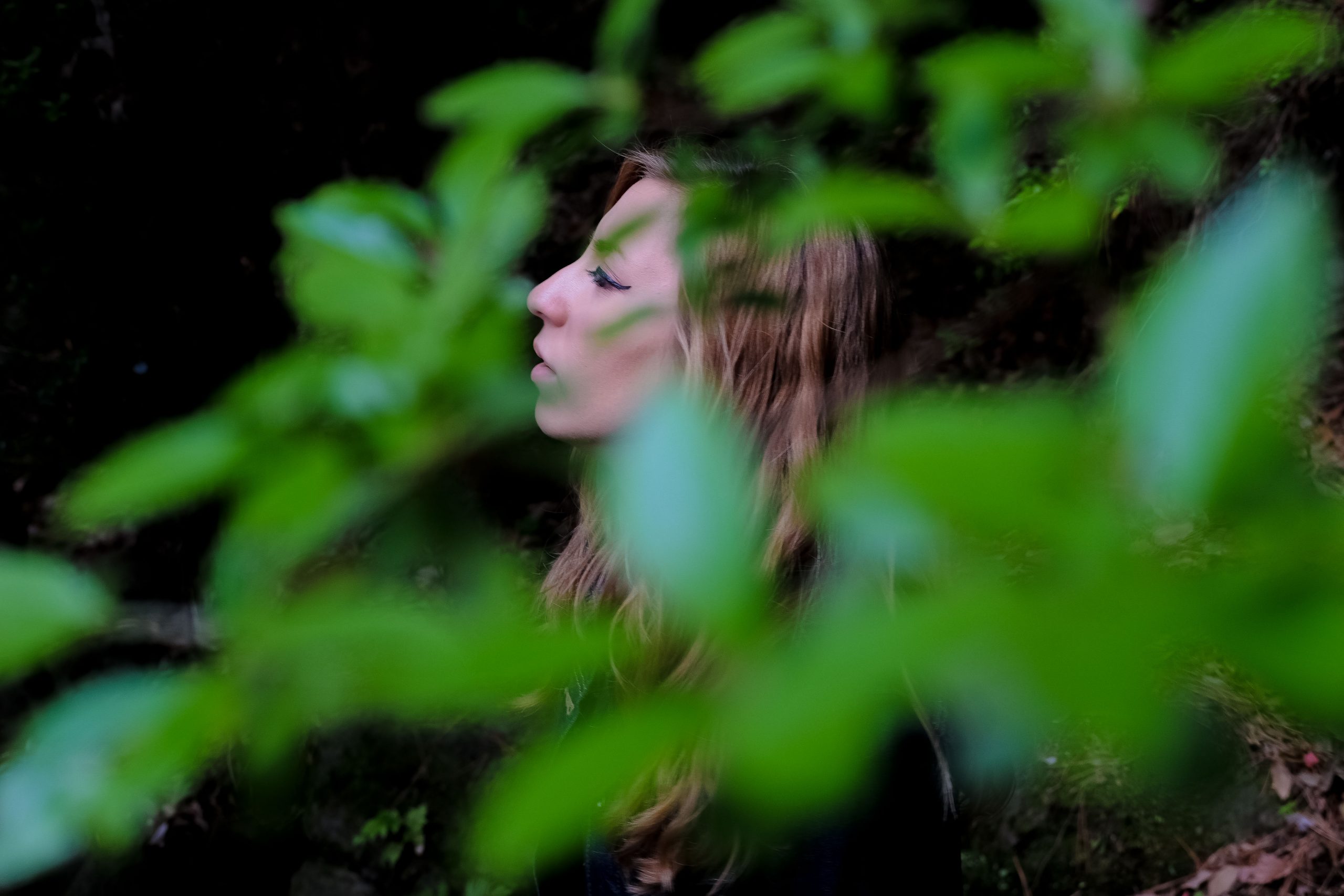
Shinjuku
A short 10-minute walk from Shinjuku Gyoen will take you to the Shinjuku Station. There are so many things to do in Shinjuku as this district is also a city in itself, within the city of Tokyo. Pretty cool right? Shinjuku is one of the best places to explore in Tokyo. It is here that you will get to understand the character of the city, with jumbo ads, illuminated shops, myriad colours. Take one hour, or five, and simply meander around Shinjuku. Towards the evening, visit Kabukicho, Asia’s largest Tokyo district.
However, I recommend to watch but not touch. Unless you are fluent in Japanese and always aware of your surroundings, note that many tourists can get in trouble in Kabukicho. If you just walk around and take pictures, nobody will bother you, of course. If you want something a little spicier, check out 18+ activities you can do in Tokyo whilst staying totally safe.
Still, want to have some fun? Here is what to expect from a Tokyo pub crawl.
Tokyo Metropolitan Building
Why not visit the skyscraper district located in Shinjuku, where you can admire Tokyo in all its splendour. The best place to admire Tokyo from above is also the cheapest. Walk for 20 minutes from Kabukicho to The Tokyo Metropolitan Building. In fact, it’s entirely FREE to go to the top. Tokyo is gigantic and seeing it unfold like an endless sea of lights, streets and buildings it’s pretty special.
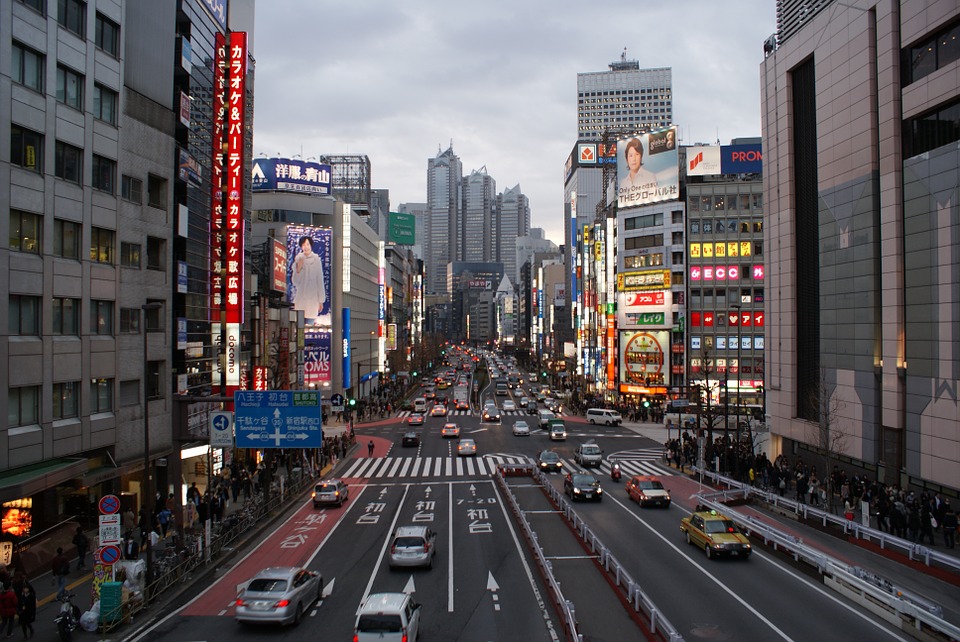
Day 3 in Japan – Tokyo: – Toyosu Market – Chiyoda – Ueno – Akihabara
Toyosu Market Fish Market
Start your day as early as possible and head over to the Tsukiji Fish Market (now relocated to Toyosu Market). The fish market is the best place for Tokyo’s freshest seafood. You will be able to find all sort of sea creatures here. The sushi here is great and the sashimi is as fresh as it gets. It can be a little odd to enjoy raw fish first thing in the morning, but if you like Japanese food, then I promise you will love this side of Tokyo.
Address: Japan, 〒104-0045 Tōkyō-to, Chūō-ku, Tsukiji, 5 Chome−2−1
Outer Market: varies by shop, typically 5:00 to 14:00
Wholesale Area: open to visitors after10:00am
Tuna Auction: open to visitors from5:25am to 6:15am (restricted to 120 visitors/day)
Chiyoda
Chiyoda is one of my favourite parts of Tokyo. It’s also the best place to stay in Tokyo if you love a quiet night. Unlike the rather manic sides of Tokyo, Chiyoda is peaceful and almost entirely quiet. During the evening especially, there is this incredible silence in the heart of the city. To me, this is astonishing. love Chiyoda so much, that I tend to use it as my hub every single time when I visit Tokyo. The most interesting thing to do in this neighbourhood is to take a walk in the gardens of the Imperial Palace. It is free to do so. I also like Hibiya Park which is next door. For epic shopping, visit the Shin-Marunouchi Building. You will probably get lost around here as this is an inconspicuous shopping mall.
Imperial Palace
Address: Japan, 〒100-8111 Tōkyō-to, Chiyoda-ku, Chiyoda, 1−1
Opening Times:9AM – 5PM (Monday Closed)
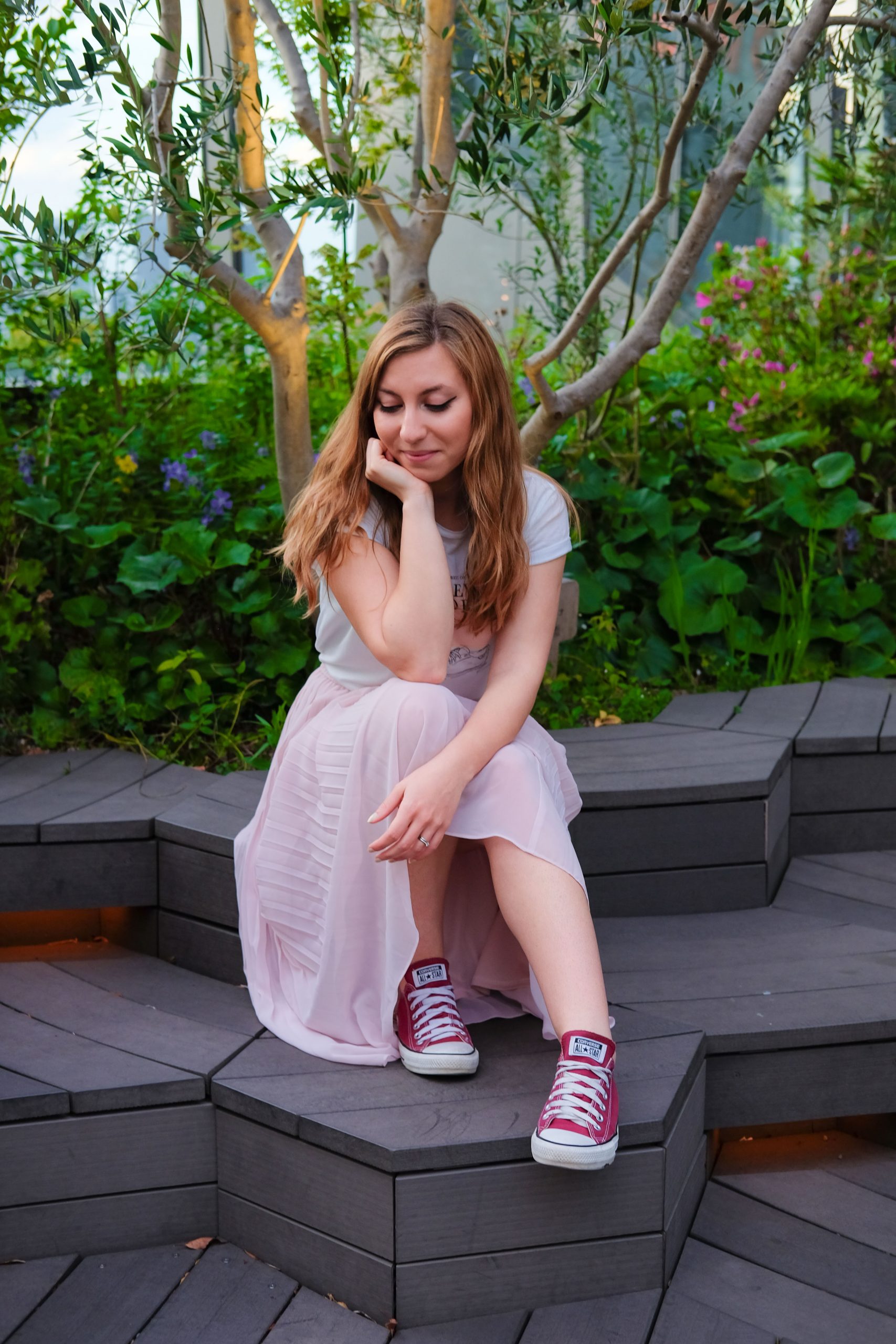
Ueno Park
There are so many things to do in Ueno Park. You can stroll around the park and pond, or visit the myriad museums nearby. Ueno is a major neighbourhood with lots of shops and eateries. You can visit the Tokyo National Museum, the Tokyo Metropolitan Art Museum and the Tokyo Zoo.
Allocate a few hours to Ueno especially if you wish to also visit the museums. When we visited Ueno for the first time we found some vendors with several great street foods options for us.
Ueno is classed as a prime sakura spot so if you happen to visit during the Spring, note that you might want to arrive as early in the day as possible to avoid crowds.
Address: 5-20 Uenokōen, Taitō-ku, Tōkyō-to 110-0007, Japan
Akihabara
As the night comes, it’s time for the final Tokyo spot during your 7 day Japan itinerary: Akihabara. Many, myself included, have a love-hate relationship with Akihabara. Also known as the electric town, Akihabara is an incredible place for anime and manga lovers. You can find anything and everything around here, from Sailor Moon costumes to mini figurines. It is also a great place to visit maid cafes, one of the main tourist attractions in the neighbourhood.
There is also a shop called Don Quijote around which is a discount Japanese store. You shouldn’t miss it, as you are guaranteed to find something awesome around.
Address: 1 Chome Sotokanda, Chiyoda-ku, Tōkyō-to 101-0028, Japan
Don Quijote Akihabara address: 4 Chome-3-3 Sotokanda, 千代田区 Tokyo 101-0021, Japan
Where to stay in Tokyo during your 7 days in Japan itinerary
Shinjuku tends to be the prefered accommodation option for most first time travellers in Tokyo. I tend to agree, although I personally prefer the quieter quarters of Chiyoda. As long as you are close to a subway station, you can pick any district you like in Tokyo. Whether you are a budget, midrange or luxury traveller, we curated our favourite accommodation in Tokyo to make sure you are comfortable and enjoy your stay. Alternatively, please check where to stay in Tokyo for more options in other, quieter neighbourhoods.
The Millennials Shibuya is located just 400 metres away from the famed Shibuya crossing. Each room comes with shared bathroom and free toiletries. A very nice buffet service is served each morning at the property and it is included in the price. The rooms are super clever and can be used as day lounges as well bedrooms due to the reclining capability of your bed. Prices started from £23 per night.
Citadines Central Shinjuku Tokyo is located right in downtown Kabukicho with super easy access to all transport links. It features large and clean rooms with free internet and a coin-operated laundrette. This is a 4-star hotel which is very well priced for Tokyo and couples particularly enjoy this location and hotel.As a tip, you should try and ask for the rooms on the top floors as they have amazing views over the city.
Click here for prices and book Citadines Central Shinjuku Tokyo
Keio Plaza Hotel Tokyo is a 5 star hotel located in Shinjuku Skyscraper district. This can only mean one thing: amazing views over Tokyo. The comfortable rooms all come with free wifi and 21 dining options. You can enjoy a fitness centre, swimming pools, convenience stores and even a business centre. The hotel also provides a free shuttle to Tokyo Disney Resort. Unlike other luxury Tokyo hotels, Keio Plaza is actually really well priced, with rooms starting from just £150 per night.
Day 4 in Japan – Kyoto: Gion – Shijo Dori
To get to Kyoto from Tokyo, you will need to take the Shinkansen. You can buy the ticket on the day, or you can buy your Japan Rail Pass before your trip, to ensure you benefit from discounts.
You can read all about the Japan Rail Pass here in order to make a decision.
The journey from Tokyo to Kyoto will take roughly 3 hours.
Once you arrive in Kyoto and leave your luggage at the hotel, it’s time to explore. If you decide to lengthen your trip, you can enjoy a Kyoto onsen or take several day trips from Kyoto.
Yasaka Shrine
Yasaka Shrine was the first spiritual site I ever saw in Kyoto. I couldn’t wait to visit Kyoto and Kyoto didn’t just live to my expectation, but it greatly exceeded it. The Yasaka Shrine was once called the Gion Shrine. Here, you can attend many matsuri (festivals) and you will find various street food vendors.
Address: Japan, 〒605-0073 Kyoto Prefecture, Kyoto, Higashiyama Ward, Gionmachi Kitagawa
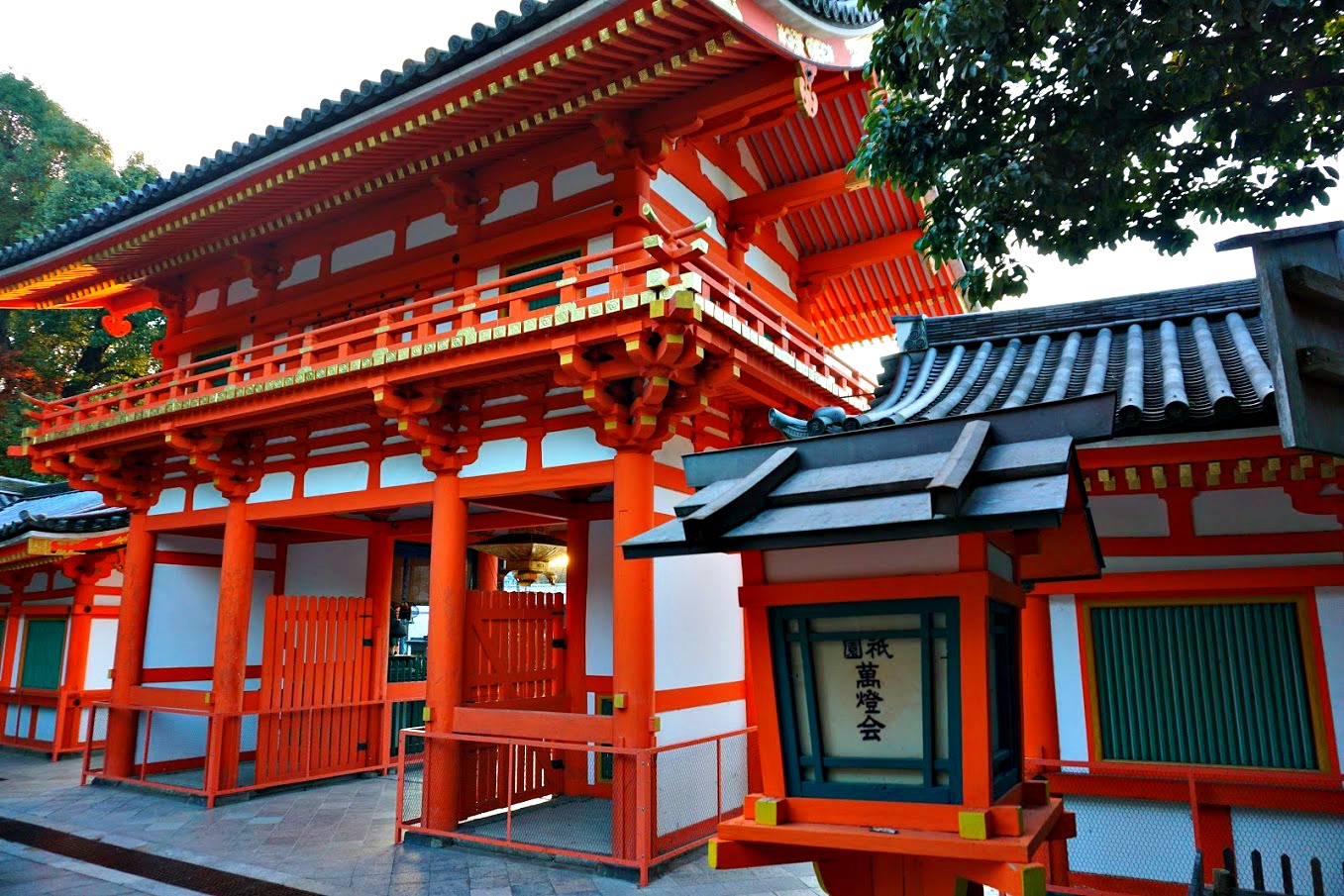
Maruyama Park
Maruyama Park is right behind the Yasaka Shrine. It features a beautiful pond and several forested paths which lead to many other temples around. We could spend days exploring just Maruyama park alone. There are some vending machines around the park so you can grab a quick snack if you get peckish.
Sunsets are particularly pleasant in Maruyama park and there are many photography opportunities here.
Address: Maruyamacho, Higashiyama Ward, Kyoto, Kyoto Prefecture 605-0071, Japan
Shijo Dori
Shijo Dori is without a doubt one of the best places in Kyoto to sample lots of Japanese food. Try rice crackers, matcha sweets, biscuits and sour plums. One of the best things I bought here, was a tea called kombucha. It means plum seaweed tea and it’s one of the most delicious things I’ve ever tasted. Sijo Dori is a long street dotted with shops and it starts right in front of the Yasaka Shrine.
There are several restaurants and cafes too, so you can sit down and enjoy a proper meal. Kyoto is well known for its food so you can be assured that as a foodie traveller you will find your space. Around Shijo Dori you can also find traditional Kaiseki meals which consist of several small dishes. They are on a pricey side but something which everyone should try at least once during their trip to Japan.
Address: Shijo Dori, Higashiyama-ku, Kyōto-shi, Kyōto-fu, Japan
Gion
No trip to Kyoto is complete without spending an evening meandering around Gion, the old entertainment quarters in Kyoto. This is the best place for geisha spotting. But if you don’t want to take any chances, best to book tickets in advance to see a Geisha performance or better yet, to attend a Japanese tea ceremony. Gion is home to some fantastic old Japanese wooden houses, an absolute wonder to photograph.
Please note that some areas in Kyoto cannot be photographed and taking selfies with Geishas is not allowed. Please be respectful and ensure you don’t break any laws during your week in Japan.
Address: Gionmachi, Higashiyama-ku, Kyoto 605-0001, Kyoto Prefecture
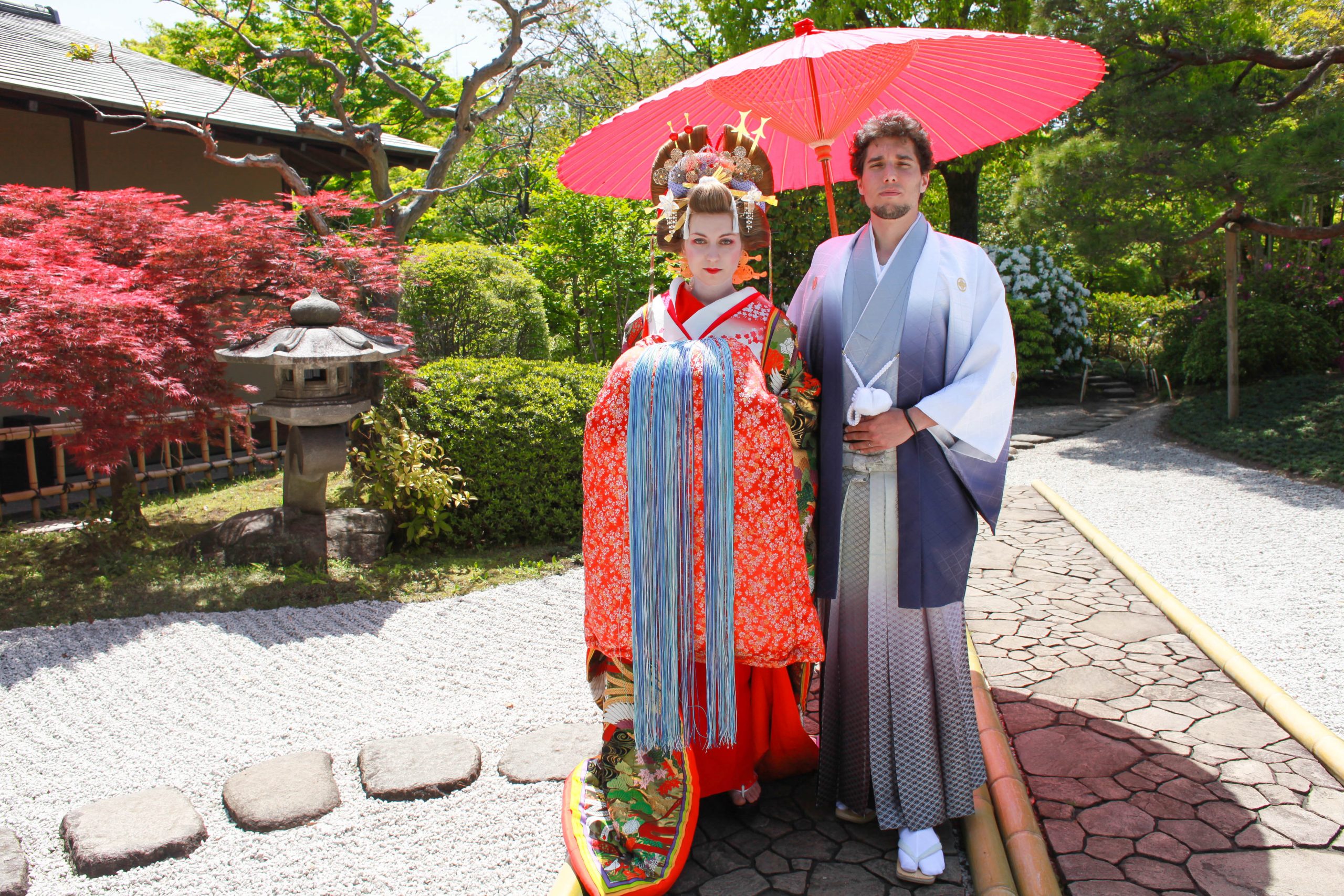
Day 5 in Japan – Kyoto: – Nijō – Nishiki – Fushimi
Nijō Castle
Start the day by visiting Nijō Castle, a 1603 wooden castle with fantastic gardens. Nijō Castle was the residence of the first Shogun of the Edo Period. The castle is now a UNESCO heritage site and a fantastic place for Sakura lovers.
Note that this is a popular spot for tourists in Kyoto, hence we recommend that you head there first thing in the morning to avoid crowds.
The entrance of Nijo Castle is a short walk from Nijojo-mae Station along the Tozai Subway Line.
Address: Japan, 〒604-8301 Kyoto Prefecture, Kyoto, Nakagyo Ward, Nijojocho
Opening Times: 8:45 to 17:00 (admission until 16:00), entry to Ninomaru from 9:00 to 16:00
Admission: 600 yen
Nishiki Market
Nishiki Market has been nicknamed Kyoto’s kitchen and for a good reason. You can find many stalls selling fresh food and delicious snacks. For something out of the ordinary, I recommend trying an octopus on a stick which has an egg in its head. A little bizarre? Perhaps, but also rather yummy. When in Japan, expect to sample many matcha sweets. Nishiki Market is a great place for it.
We spent around 2 hours in Nishiki Market. I remember how many sweets and snacks we tried. You can also find souvenirs here made with traditional materials. There is fresh seafood, treats made on the spot for you to try and so many photo spots.
Locals come here to eat and the rule in Japan is that if you see a queue is usually a good sign that the restaurant serves delicious food. In Japan, locals don’t mind queuing for good food.
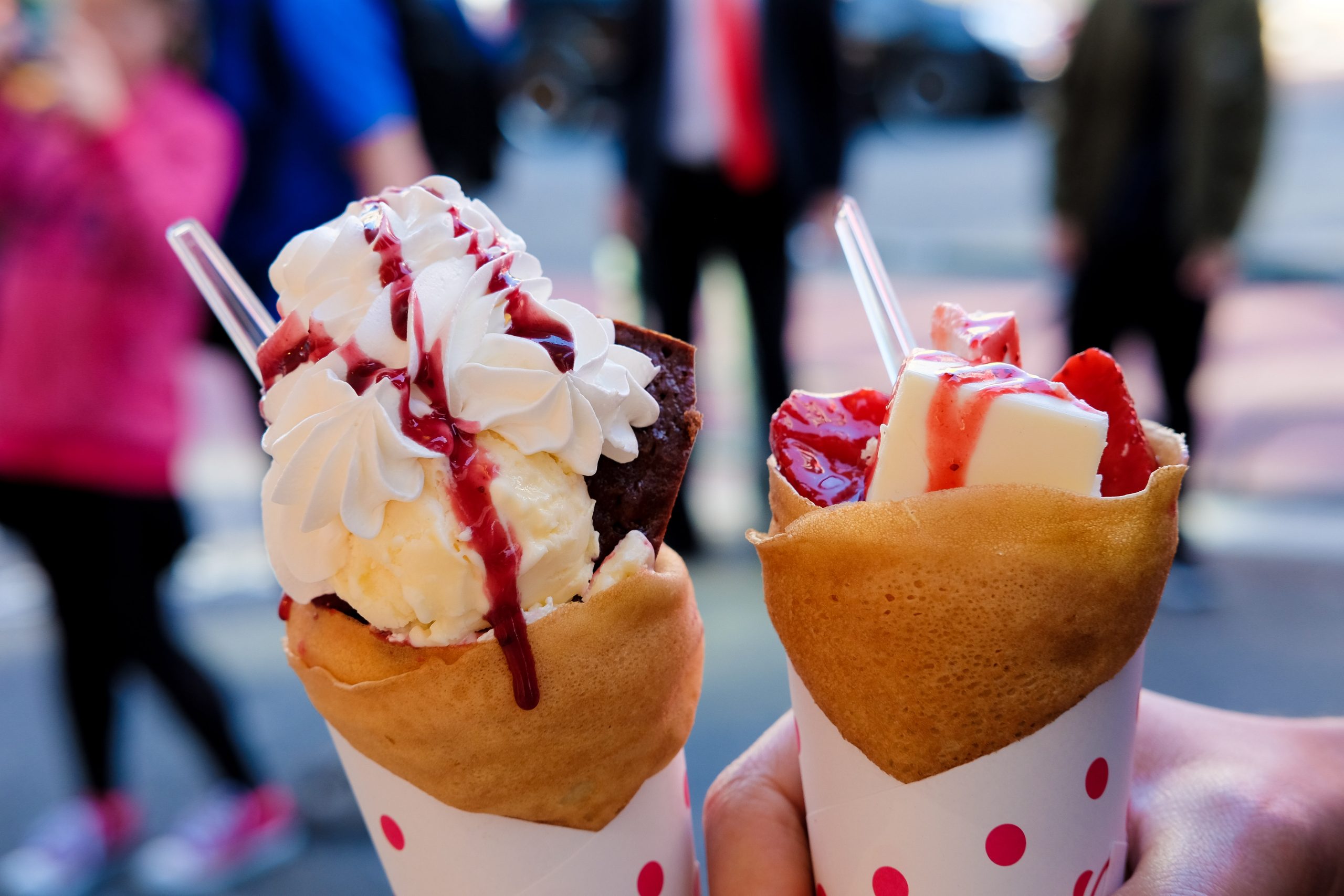
Rengeoin Sanjusangendo
Rengeoin Sanjusangendo is a temple in Kyoto, famed for its 1001 statues of Kannoin, the goddess of mercy. Note that you won’t be able to take photos inside the temple. As you arrive at the temple, you will be directed to the main hall where you need to take your shoes off. As with many temples in Kyoto, this is standard practice.
Don’t worry, unlike some other countries, your shoes will be safe and won’t disappear from the stand. But if you do plan a longer Kyoto itinerary, just remember to have slip-on shoes with you for your ease.
Address: Japan, 〒605-0941 Kyoto Prefecture, Kyoto, Higashiyama Ward, Sanjusangendomawari
Admission: 600 yen
Opening Times: 8:00 to 17:00 (9:00 to 16:00 from November 16 to March 31), admission ends 30 minutes before closing time.
Fushimi Inari Shrine
I recommend walking from the Rengeoin Sanjusangendo temple to the Fushimi Inari Taisha. It’s best to visit the Fushimi Inari during the evening or first thing in the morning.
The place gets pretty crowded, especially during the sakura season. If you wish to take pictures, keep on going up the stairs and don’t stop at the first few gates. Eventually, it will get pretty quiet with fewer and fewer people. You can take the left or right path up. It’s a loop hike so as long as you stick to the main road, you won’t get lost. As you go up, you will find several smaller shrines along the way. You can stop and catch your breath. Don’t forget to stop at the intersection, up the mountain, to admire the sunset over the city. You can read more about it here.
Address: Japan, 〒612-0882 Kyoto Prefecture, Kyoto, Fushimi Ward, Fukakusa Yabunouchicho
Opening Times: 24/7
Admission Fee: FREE
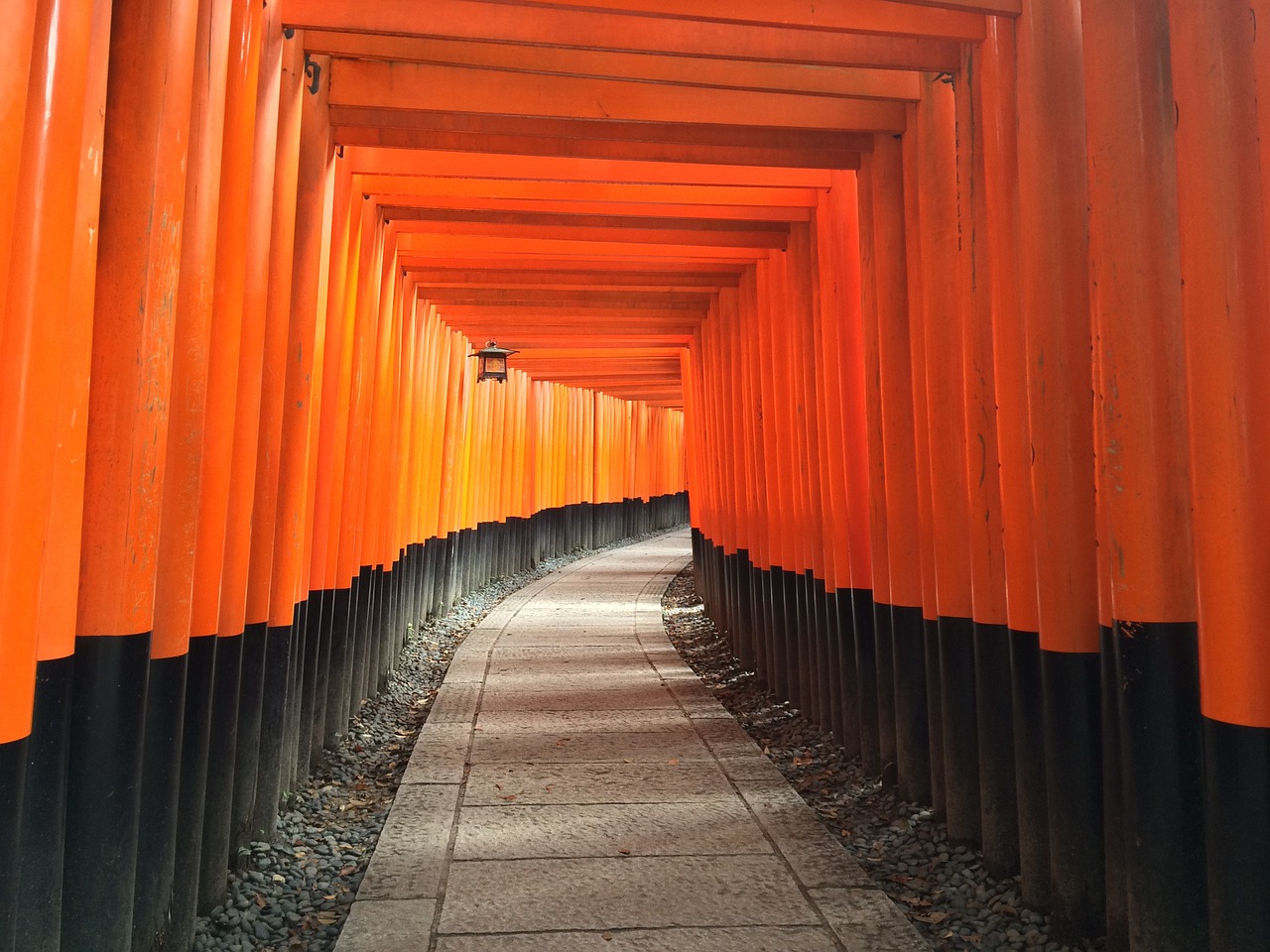
Day 6 in Japan – Kyoto: Arashiyama – Spiritual Temple Walk
Arashiyama Bamboo Forest
Start the day by taking the train to the Arashiyama station. A short walk from the station will take you to the Arashiyama bamboo forest, a beautiful side of wild Japan. The Arashiyama bamboo forest really is one of a kind, and it looks most alluring on a windy day when the tips of the long stalks rock gently back and forth. We believe that Arashiyama is one of the best things to do in Japan and something worth visiting the country for. Beyond the bamboo forest, you will find many shrines and temples, local street food and cosy little restaurants. It’s a beautiful time to visit year-round.
Address: Ukyo Ward, Kyoto, Kyoto Prefecture, Japan
Admission Fee: FREE
From Arashiyama I suggest making your way to the following temples. You can essentially temple hop, and you can walk as the distances are between 5-20 minutes between each temple.
Okochi Sanso Villa
This is the former villa of the popular actor Okochi Denjiro (1896-1962), located in the back of Arashiyama’s bamboo groves.
Hours: 9:00 to 17:00
Admission: 1000 yen
Jōjakukō-Ji Temple
This mountainside temple was founded in 1596. With small, attractive buildings and gates, the temple has a quiet and understated atmosphere.
Hours: 9:00 to 17:00 (entry until 16:30)
Admission: 400 yen
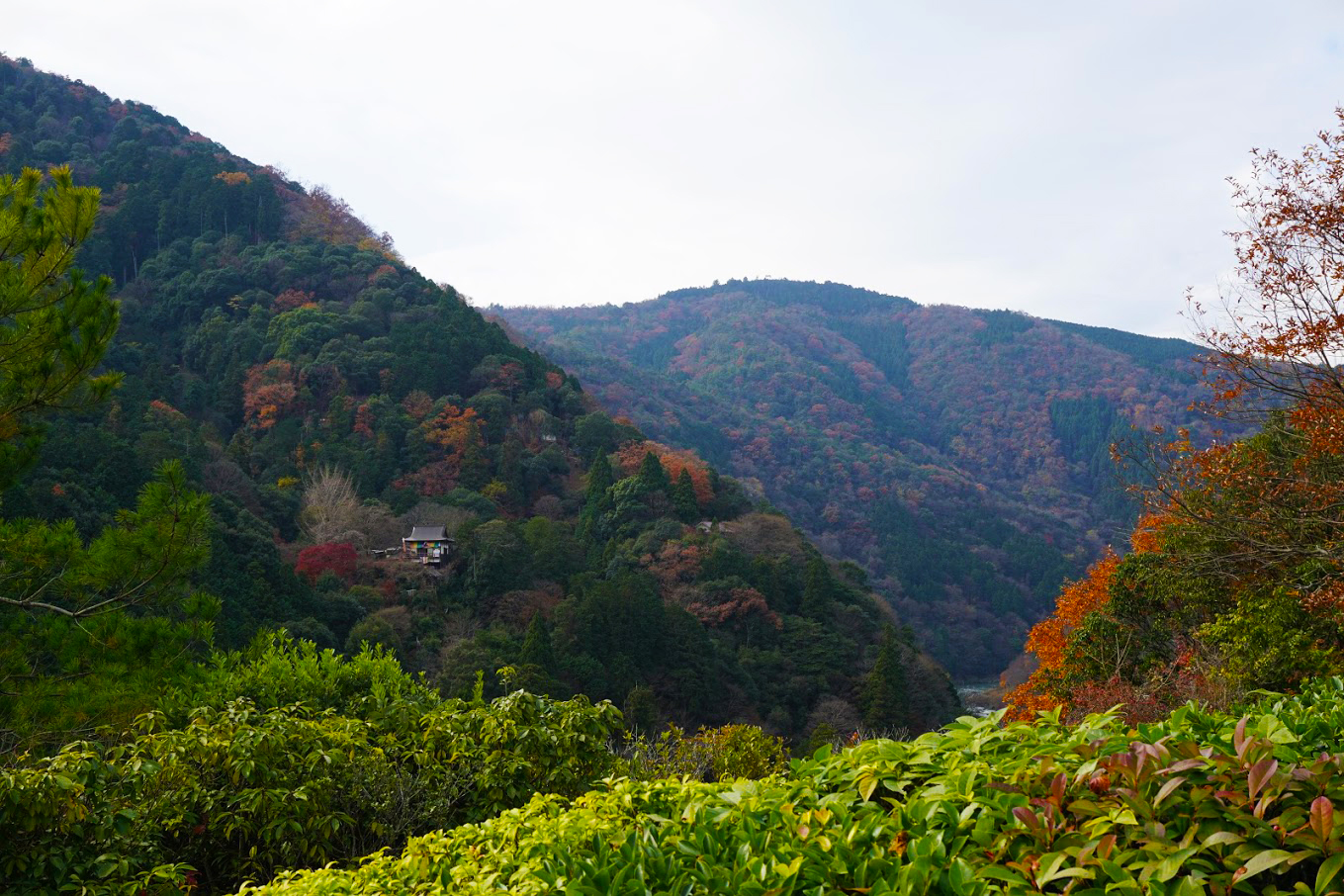
Nison-In
Nisonin Temple is a hillside temple with slightly larger and imposing buildings
Hours: 9:00 to 16:30
Admission: 500 yen
Gio-Ji Temple
It is known for its moss garden that is punctuated with tall maple trees.
Hours: 9:00 to 17:00 (entry until 16:30)
Admission: 300 yen
Saga-Toriimoto Preserved Street
A lovely preserved street from the Meiji Period. Many of the buildings here are traditional Japanese townhouses. You can find many shops and restaurants along the way.
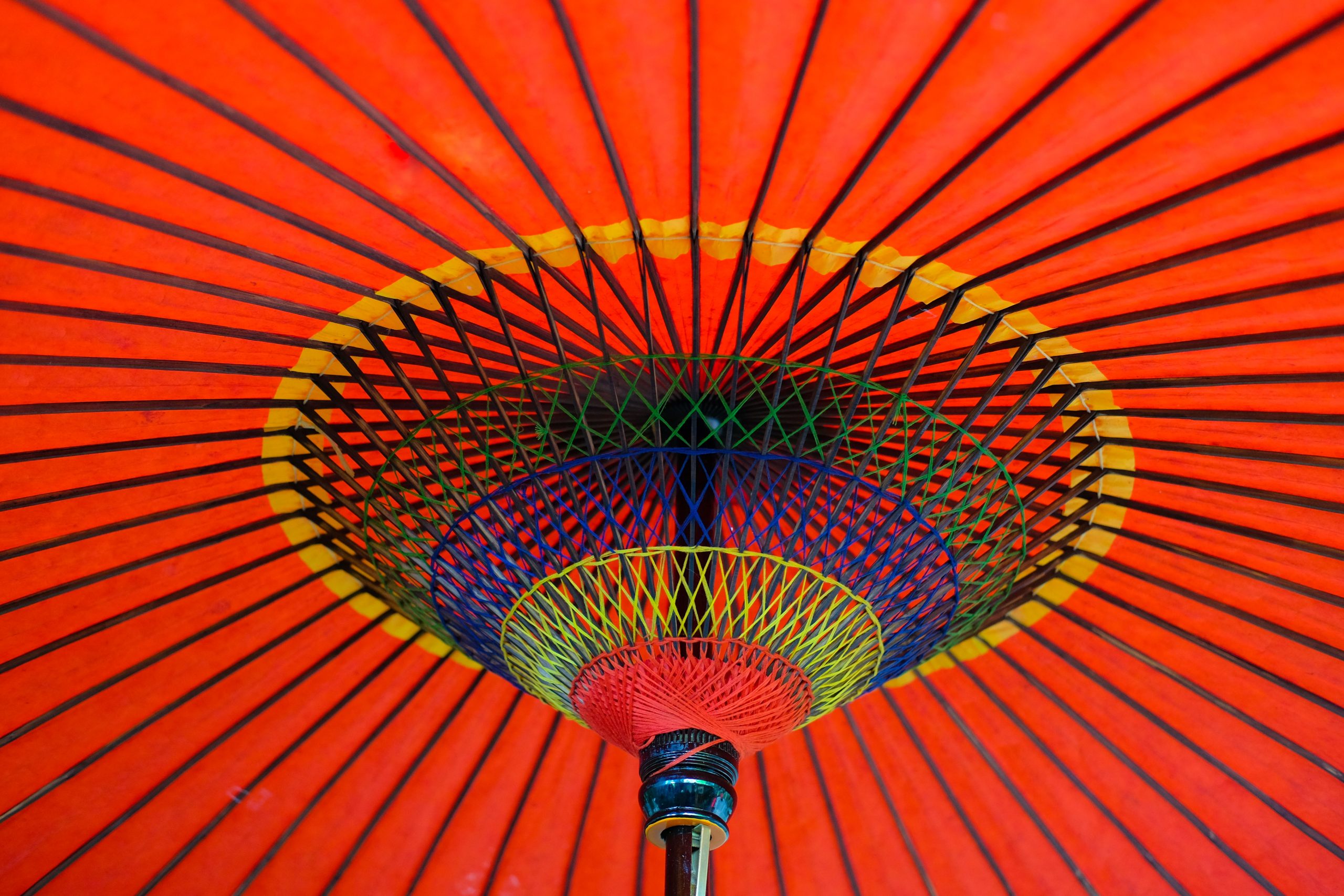
Otagi Nenbutsu-Ji
Otagi Nenbutsuji Temple is famous for its 1200 stone statues of rakan, devoted followers of Buddhism, each with a different facial expression. This is by far my favourite temple in the whole of Kyoto. It’s not as impressive or well known as others, but somehow, I felt most connected at the Otagi Nenbutsuji Temple. This was my favourite place in the whole of Kyoto.
Hours: 8:00 to 17:00 (entry until 16:45)
Admission: 300 yen
Ryōan-ji
From Arashiyama make your way to a Zen temple which will indulge your imagination. It is well known for its rock landscape garden. Its gardens are also superb, and pretty wonderful for a long walk.
Address: Japan, 〒616-8001 Kyoto Prefecture, Kyoto, Ukyo Ward, Ryoanji Goryonoshitacho, 13
Hours: 8:00 to 17:00 (March to November) 8:30 to 16:30 (December to February)
Admission: 500 yen
Kinkaku-ji
Kinkaku-ji is the final stop of the day. This temple is known for its golden pavilion with its impressive reflection shimmering across the rippled surface of the pond before it.
Address: 〒603-8361 Kyoto Prefecture, Kyoto, Kita Ward, Kinkakujicho,1
Hours: 9:00 to 17:00
Admission: 400 yen
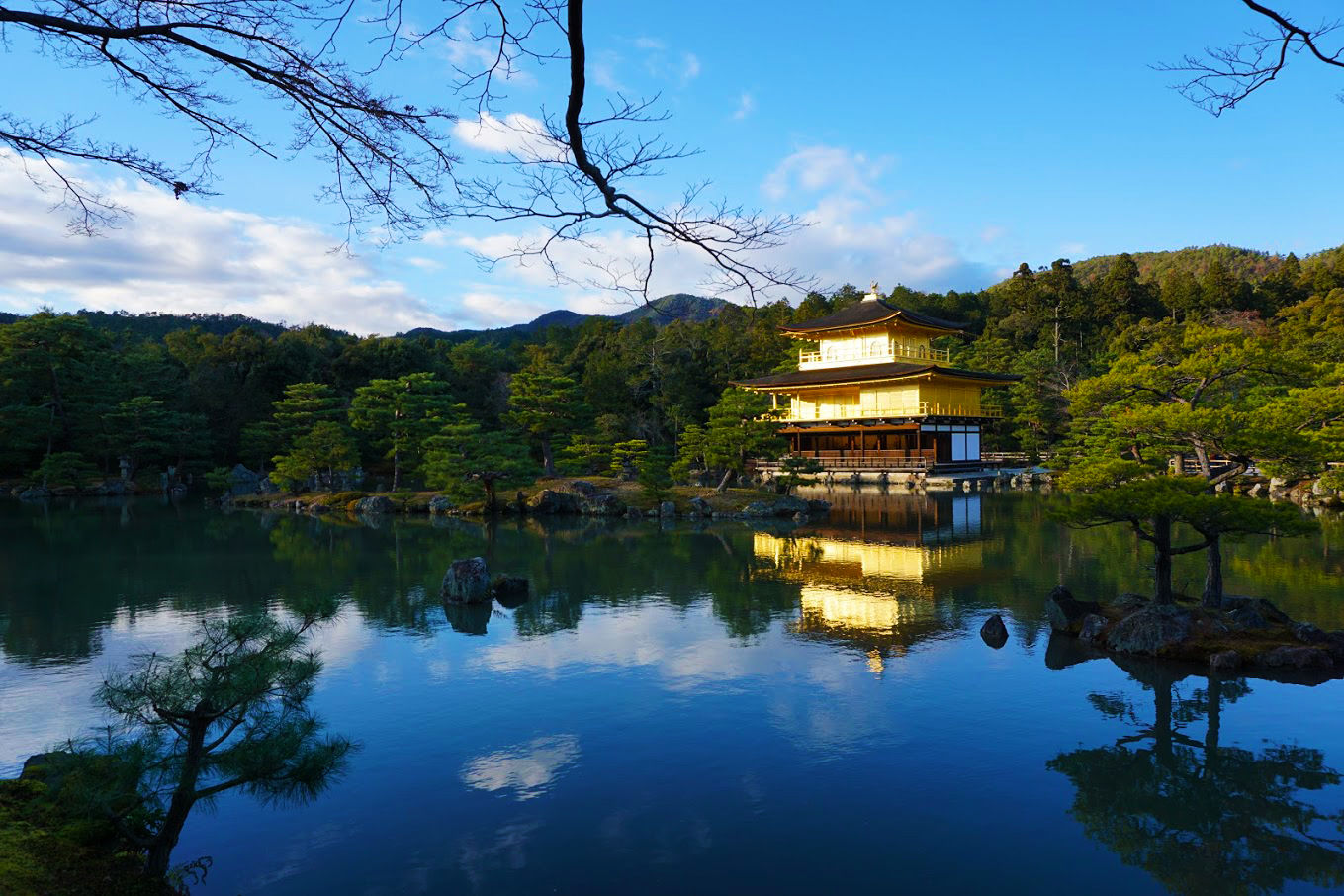
Where To Stay In Kyoto During Your 7 Days In Japan Itinerary
Gion tends to be the prefered accommodation option for most first time travellers in Kyoto. Whether you are a budget, midrange or luxury traveller, we curated our favourite accommodation in Kyoto to make sure you are comfortable and enjoy your stay. Alternatively, please check where to stay in Kyoto for more options.
Nine Hours Kyoto is a capsule hotel. The custom-designed capsules at 9 Hours Kyoto Teramachi include a light-based alarm clock, specialised pillow and high-grade linens. Room wear and slippers are provided. Showers and toilets are shared, and the hotel offers its own Japan-made bathing amenities. Guests can stay in beds next to one another by reserving a two capsule room. Prices start at £13.
Situated in Kyoto, a 12-minute walk from Samurai Kembu Kyoto, Kyoto Inn Gion The Second provides rooms with air conditioning and free WiFi. This 3-star hotel offers a 24-hour front desk. The property is located in the Higashiyama Ward district and Kiyomizu-dera Temple is 1 km away.
Just a short stroll from the picturesque Gion district, hotel Hatanaka features traditional Japanese accommodation and a spacious public bath overlooking a zen garden. Free Wi-Fi is available. This incredible luxury ryokan will serve you in-room meals and seasonal local dishes.
Day 7 – Airport
Sadly, this is the last day of your 7 days Japan itinerary, and today, you need to make your way back to the airport. I cried on my last day in Japan, I loved the country so much, I vouched to come back (and I did). Japan, to me, remains the best place on the planet and my favourite travel destination. So much so, that I eventually moved to Japan for a while.
Depending on when your flight is, consider these two options to make saying goodbye to Japan easier:
Option one is to spend some time in the Kyoto train station. This is a 14+ story building with lots of shops and eateries. It’s a great place to pass the time and get lost in all those amazing Japanese products. They offer tax-free, so if you didn’t buy any souvenirs yet, this is the place to find some great stuff. I also recommend having a look in the basement where there is a supermarket which sells lots of fresh food, including lovely bento boxes and really nice sushi.
Option two is to make your way back to Tokyo as early as possible. Once you arrived at the Tokyo station, you can spend a lot of time around, again, with all those shops to keep you entertained.
Just remember, don’t miss your flight!
Important things to know for your 7 days in Japan itinerary
Every trip to Japan needs a little bit of planning. Japan is an easy to visit country with plenty to see and do, but it is very different than the west and it does have a set of rules, manners and requirements. So here’s what you need to know before your week-long trip in Japan.
Japan Visas
Citizens of many countries can get a free 90-day entry to visit Japan for tourism. Be sure to check the official Japanese Immigration Website for the latest information for your specific country.
Best Time To Visit Japan
The best time to visit Japan is during the sakura season in Spring, but note that Spring in Japan is expensive and the most crowded. The cheapest season to visit Japan is winter. The most beautiful in our opinion is during Autumn with the gorgeous foliage leaves. For more information check our comprehensive article on the best time to visit Japan.
More Articles About Japan
- What to wear in Japan
- Best Tokyo restaurants
- 1 day in Tokyo
- 5 days in Tokyo
- 7 days in Tokyo
- Osaka itinerary
- Day trips from Tokyo
- Day trips from Kyoto
- Day trips from Osaka
We hope you enjoyed our comprehensive guide on how to spend 7 days in Japan. If you have any suggestions on how to improve our one week in Japan itinerary, please let us know in the comments section below.
Frequently Asked Questions
Is 7 days enough to visit Japan?
7 days can be a fantastic timeframe to experience Japan, although it may feel a bit rushed. During my own 7-day trip, I was able to visit Tokyo and Kyoto, seeing both the modern and traditional sides of the country. In Tokyo, I explored iconic landmarks like Shibuya Crossing and the neon-lit streets of Shinjuku, tried lots of food and visited Senso-ji in Asakusa. In Kyoto, I got to see the Kinkaku-ji, the beautiful Arashiyama Bamboo Forest and the gorgeous Fushimi Inari Shrine.
While I couldn’t see everything Japan has to offer in just 7 days, it was a fantastic experience that left me wanting to return and explore more of this fascinating country.
How much does 7 days in Japan cost?
Expect to pay $1,295/person for your 7 day self-guided tour to Japan. This includes accommodation in great 3 star hotels with private bathroom, all transportation within Japan, some experiences like tea ceremony and kimono wearing, as well as pocket wifi. I would say that you need another $50-100 per day for food, more activities if needed and souvenirs.
Is $5000 enough for a week in Japan?
$5000 is more than enough for a week-long trip to Japan. During my own week in Japan, I found that accommodations and transportation were reasonably priced, especially when using public trains and buses. I enjoyed trying affordable local eateries and street food, which offered delicious meals without breaking the bank. Some attractions and activities had entrance fees, but I prioritized the ones that interested me the most to make the most of my budget.
How many days is ideal to visit Japan?
Based on my personal experience, I would recommend allocating at least two weeks to explore Japan. This timeframe allows for a well-rounded experience where you can visit Tokyo, Kyoto, Hiroshima and Osaka and take trips to Nikko, Hakone and Nara. Having two weeks provided me with the flexibility to adapt to unforeseen circumstances or simply take moments to relax and fully appreciate the beauty and depth of Japan. I recommend spending 5 nights in Tokyo, 4 nights in Kyoto, 2 nights in Hiroshima, 2 nights in Osaka and 1 night in Hakone.
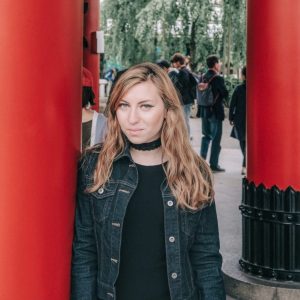
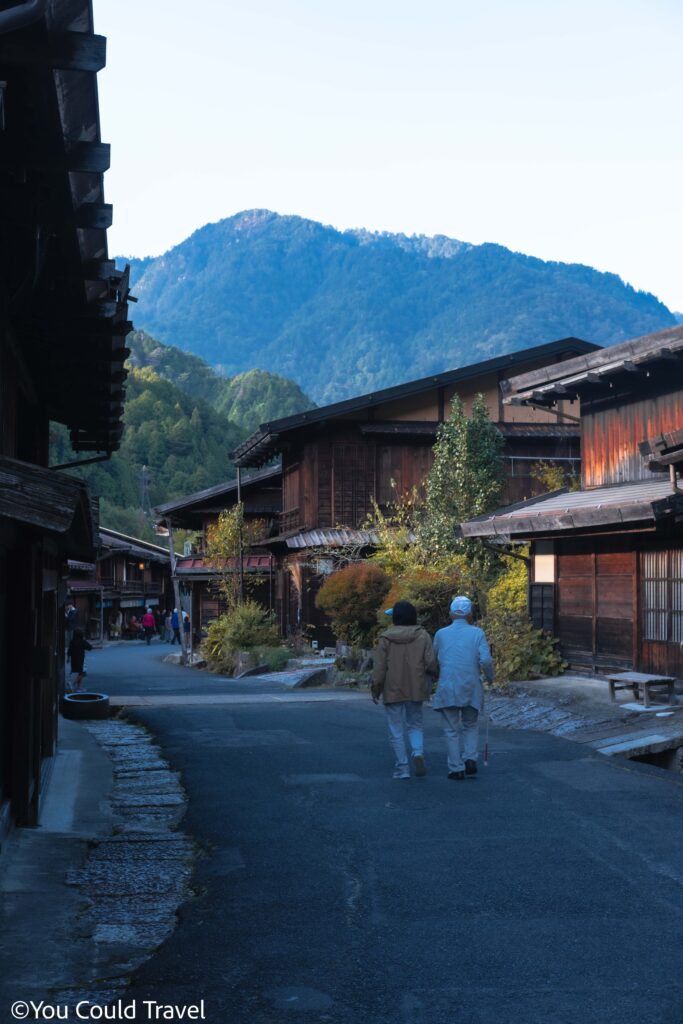
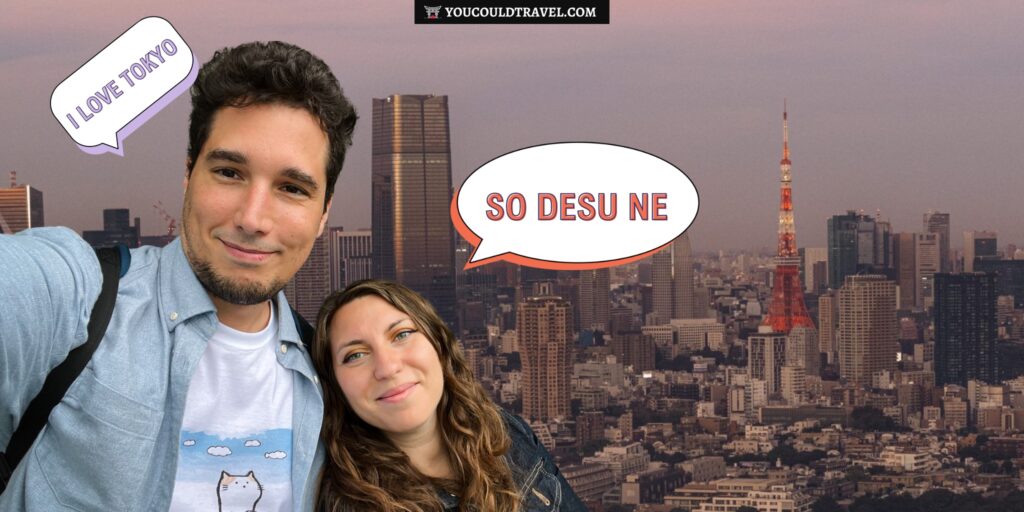
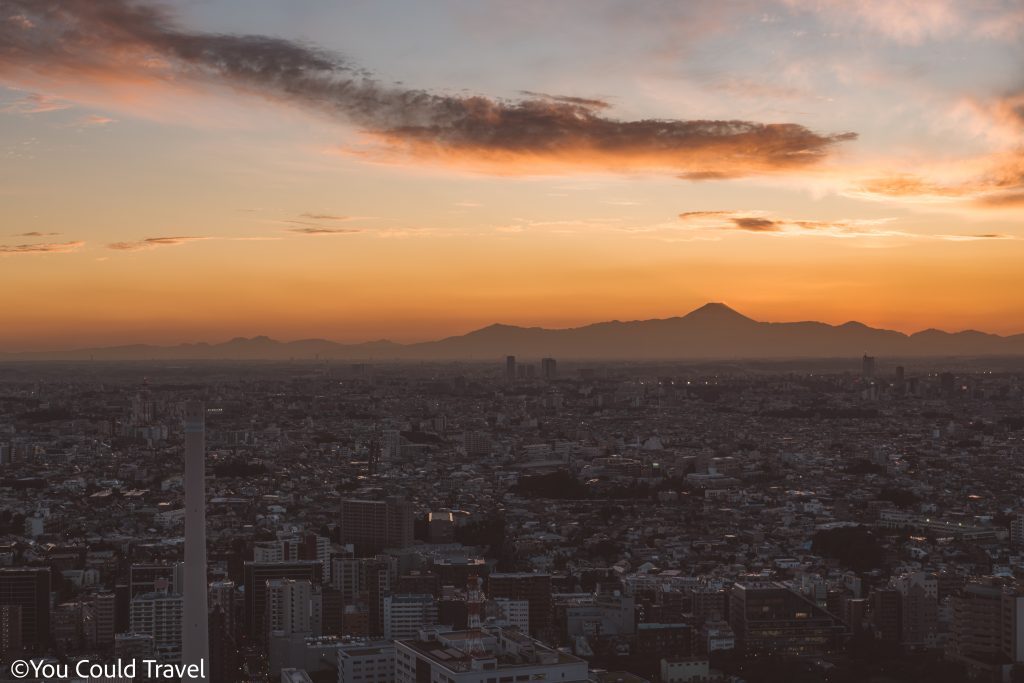
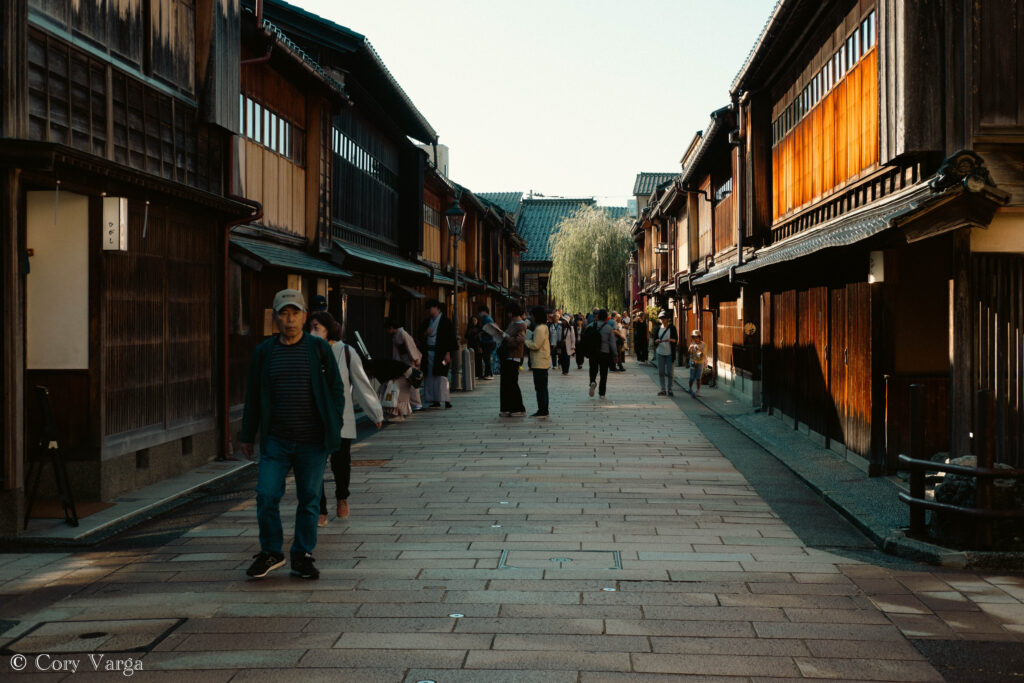
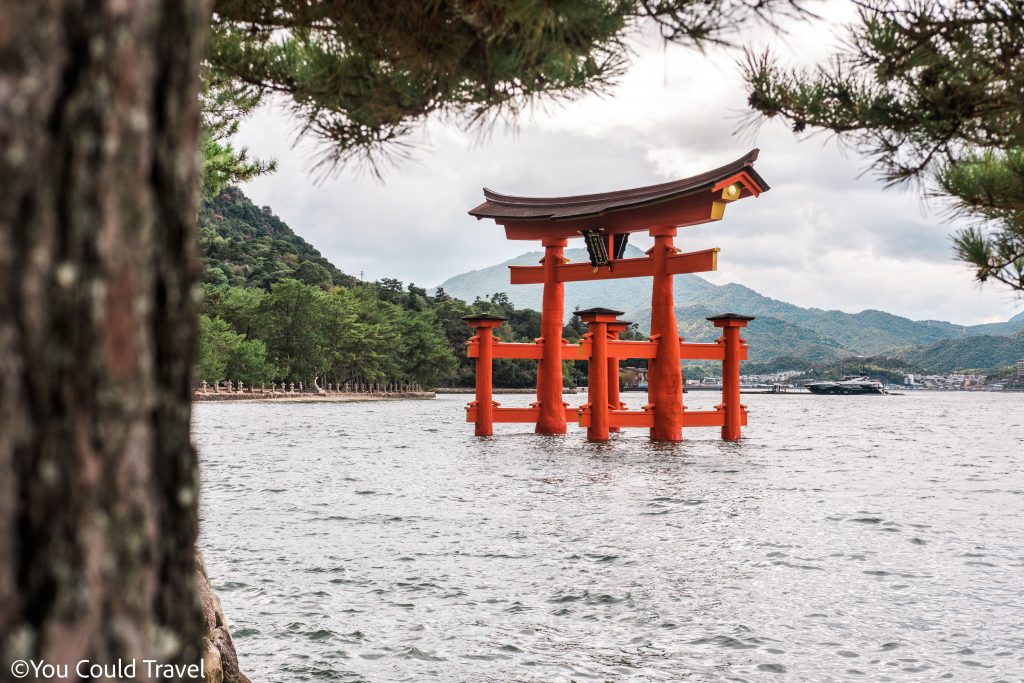
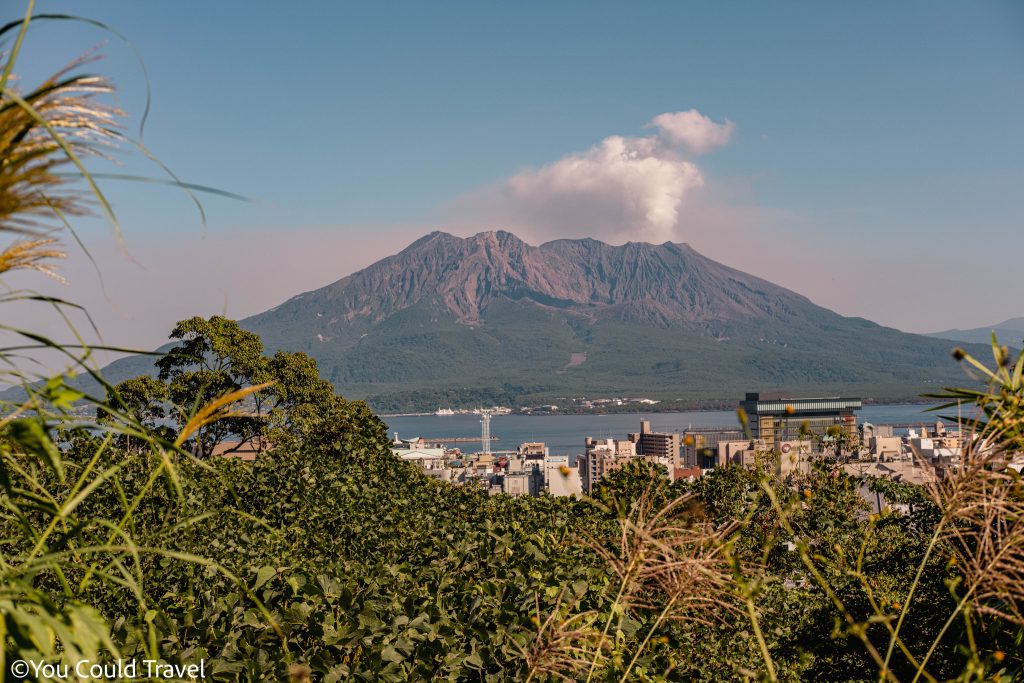
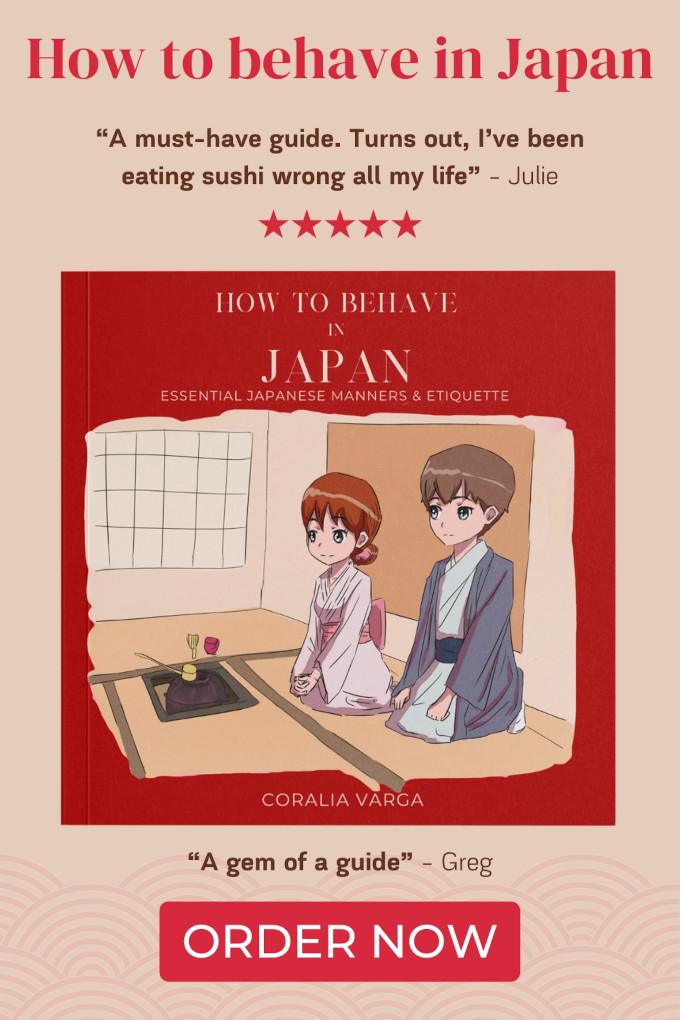

Leave a Reply